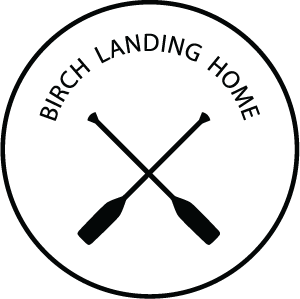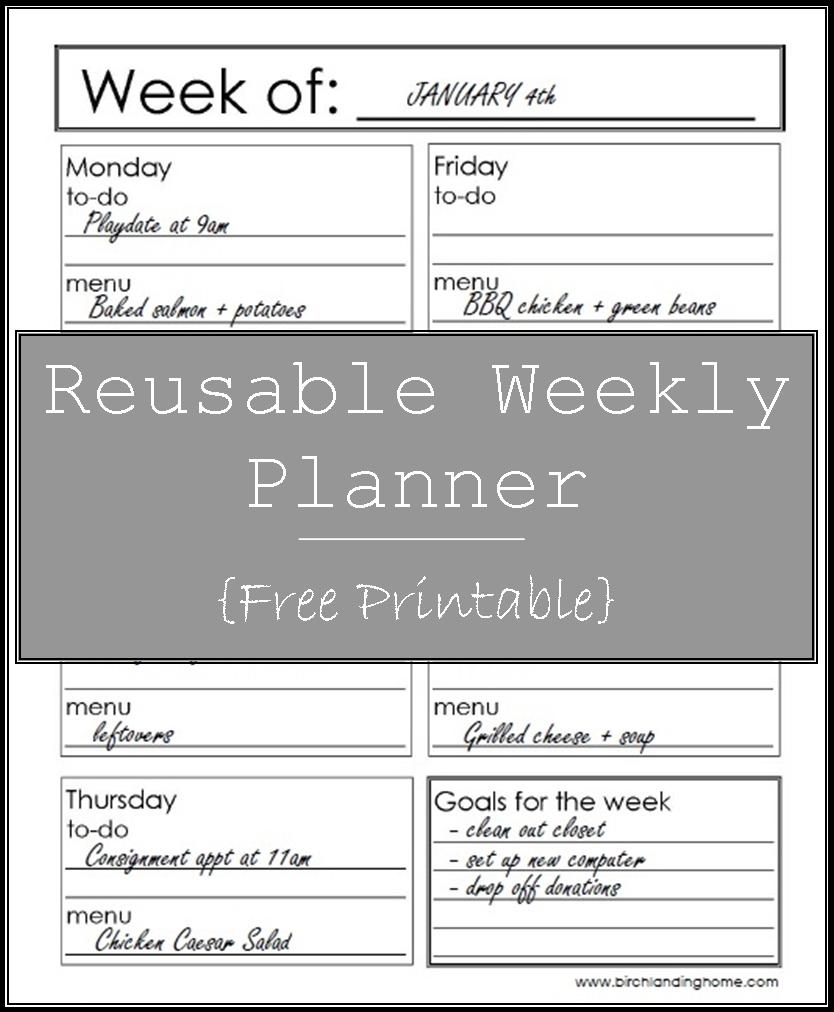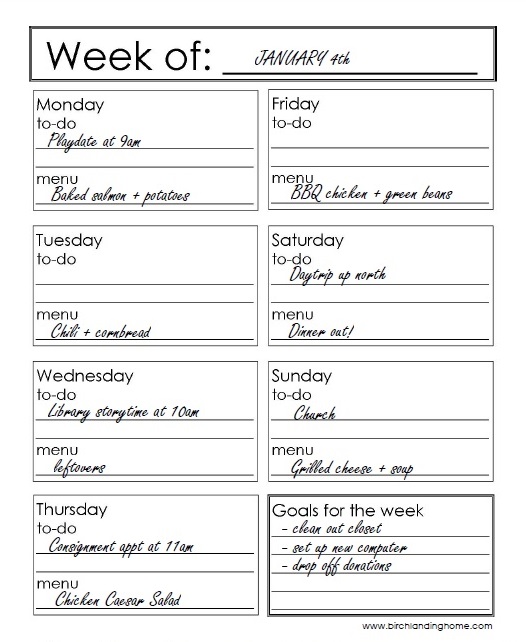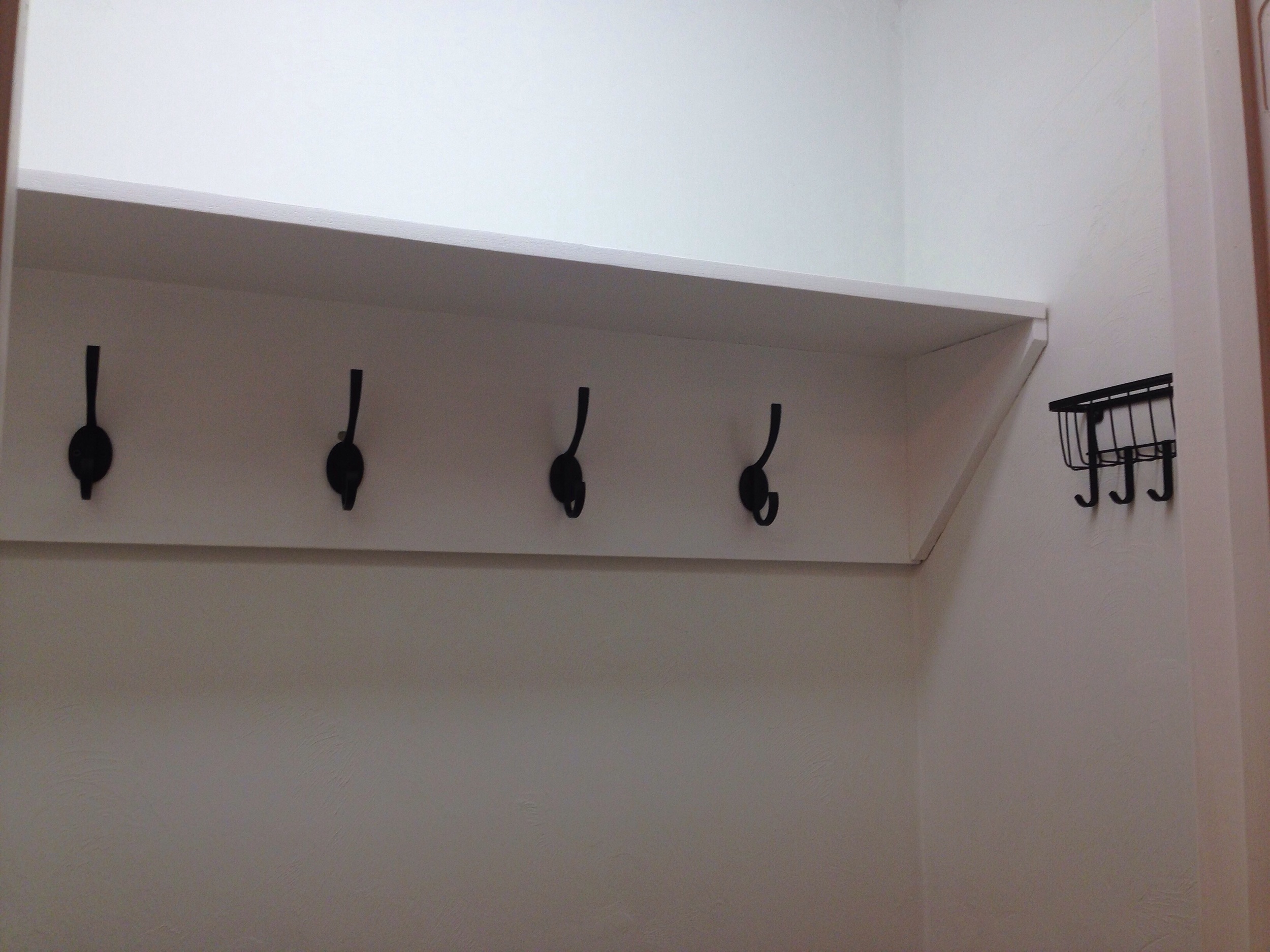Reusable Weekly Planner - Plan your week, meals, and goals! {Free Printable}
For a while now I've been striving to get better about meal planning, so a few months ago I designed this weekly planner to keep in our kitchen and see if it helped. After using this method for several months I'm happy to report that it has been a HUGE success and wanted to share it with all of you who may have staying organized, planning meals ahead of time, or reducing your grocery bill as goals for 2016!
This weekly planner can either be printed and written on directly - or you can print, frame it, and simply write on the glass to keep reusing it (which is what I have done). I love having it under glass because it means it's always on display and easy to refer to, and it saves a lot of paper and ink. I didn't include too many photos of it it in our kitchen because it was so hard to photograph.. the glare from the glass makes a decent photograph nearly impossible.
Pro-tip: Write on the glass with a Sharpie to avoid smudges, then erase with a little 91% rubbing alcohol.
To write on the glass, you can use a fine-tip dry erase marker or a Sharpie marker. I prefer the Sharpie because it writes cleaner and won't smudge.
"But how to erase it!" you ask?
No problem at all: simply put a little 91% rubbing alcohol on a paper towel and it wipes off with no problem and no residue.
Example
Every Sunday I sit down and first fill in all the daily "to-dos" for the week. These are things that have to happen that day, like appointments. This gives me a sense of what the week will look like and how much time I may have to cook dinner that day, etc. Days we won't be home means I don't have to cook (wahoo!). Because I lay it all out ahead of time I can plan ahead for groceries... leftover potatoes from Monday can be thrown into Tuesday's chili. The chicken I buy can be portioned out for dinner on Thursday and Friday. Planning ahead means less waste and saving money in the long run (and you know how hard I try to save money on groceries).
"Goals for the week" is where you put in projects and goals you can pick at over the course of the week when you get spare moments. I feel like this list makes me more motivated (and accountable) to be productive when I have down time.
Reusable Weekly Planner
{Download free PDF of our Reusable Weekly Planner HERE}
So that's my Reusable Weekly Planner! It's been a huge help to keep me more organized, more motivated, and save more money on groceries. I hope that it will be as helpful for you!
KEEP UP WITH BIRCH LANDING HOME
| Etsy | Facebook | Instagram | Pinterest | Bloglovin' | Hometalk |

























